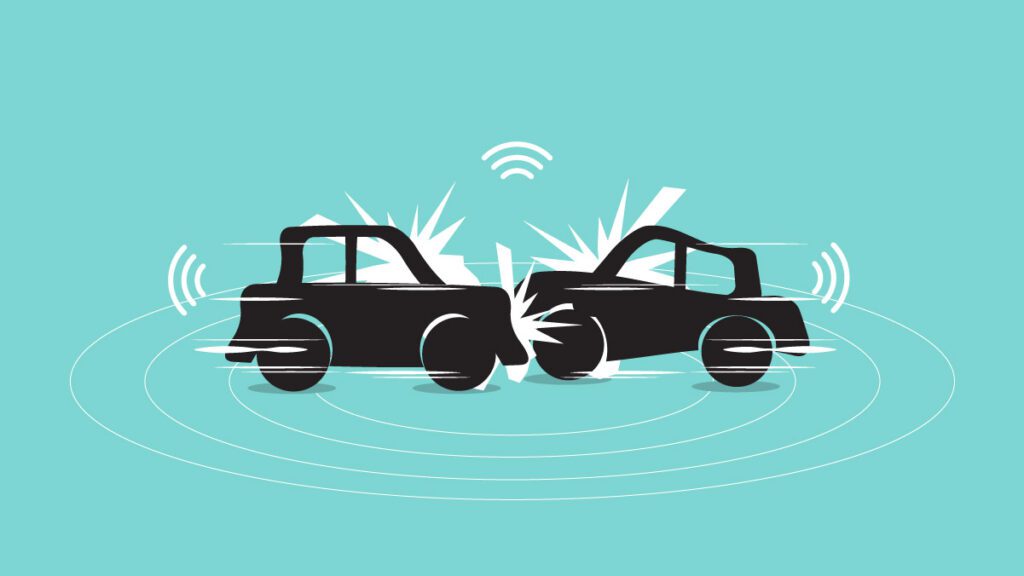
Car production has been moving from petrol-based cars to electric vehicles with the main aim of fighting climate change by reducing CO2 emissions. The autopilot feature by Tesla in 2014 has been a notable improvement in advanced driver assistance systems taking the autonomy in cars to level 2 on the self-driving car scale out of 5 levels, the last one indicating fully autonomous cars. With time, updates to the autopilot system has been giving Tesla cars more self-driving capabilities. Concurrently, other manufacturers have been inspired by the American company to follow the path in advancing their electric vehicles fleet with additional self-driving functionalities into fully autonomous cars in the future. The latest reported accidents have raised big questions why self-driving cars are still unsafe, notably with the advances in software and artificial intelligence technologies.
NHTSA Report
The national highway traffic safety administration (NHTSA) has issued its latest report presenting “the standing general order on crash reporting for level 2 advanced driver assistance systems” in June 2022. The report highlights that as for May 15, 2022 , 392 accidents were reported. The majority of these accidents came from Tesla cars with Honda coming next. The accidents with known information were frontal and with a fixed object. The report also highlights the difficulty in crash recording with current cars differs based on the ability of cars to collect telemetry data and reporting a crash. For cars with limited reporting functionalities, it is up to the owner himself to report the accident. What this tells us is that crashes may largely be unreported and that numbers would possibly be higher.
Status of Autonomous Vehicles
While the norm in self-driving capabilities remains Tesla with its advanced autopilot software, other manufacturers are introducing worthy features. Ford, BMW, Mercedes Cadillac and other manufacturers have been coming up with ingenious ideas that relieve or assist the drivers from different activities. Using a raft of sensors and cameras, these cars present the now common features including parking-assist or self-parking, lane change assist, automatic speed adjustment, emergency braking, and road sign recognition.
Manufacturers, in particular Mercedes and Tesla, have been slowly moving towards level 3 autonomy, which is known as conditional driver automation. This requires the driver to intervene when the feature requests that
Why Self-Driving Cars are Unsafe
A year-old tweet by Elon Musk summarizes why self-driving cars are still unsafe. In response to a tweet, Musk said “Generalized self-driving is a hard problem, as it requires solving a large part of real-world AI. Didn’t expect it to be so hard, but the difficulty is obvious in retrospect. Nothing has more degrees of freedom than reality.”
Real-word artificial intelligence is not present, not even close for the moment. The talk about sentience and algorithms that think and feel like humans is still a far reach. We are still in a stage where we are trying to understand how AI algorithms actually produce decisions, a field known as explainable AI. This is a key step to move AI algorithms forward. While the human brain’s operational mechanisms are still being explored scientifically, having an algorithm to reproduce how it is actually functioning in software in another very complex task. This is the real-world AI that Musk has talked about, an algorithm that has enough freedom to change based on the situation it is faced with. Until we reach this step, most algorithms will fail to analyze a lot of scenarios which will lead to crashes.
Communications plays another important role in determining the safety of cars. Crash-avoidance requires cars that have their collected cars analyzed and shared in a sub-millisecond timespan. The development of vehicular connected networks using beyond-5G wireless communications another important step towards producing a safe ecosystem for self-driving cars.
The fact that the automotive industry has been the field for trial and errors with upgrades buildings on previous failures has caused most of the accidents that have been reported.
Are True Self-Driving Vehicles Coming Soon?
Not in the near future to say the least. The current potential in software and hardware resources is still far from allowing safe self-driving car. The popularity of delivery robots is not a correct indicator to the safety of autonomous vehicles. Before sensing, computing, communication, and processing reach a high maturity level, no self-driving endeavor is safe enough. Quantum machine learning could later on help in achieving the sought after targets with the large computational resources it builds on.
Until then, the abuse in the use of self-driving functionalities raises several ethical questions. Even if manufacturers are advising drivers to keep their hands on the steering wheel from time to time, the lack in the enforcement of security measures leaves a lot to desire.
Summary
The unsafety of self-driving cars shouldn’t come as a surprise to anyone as the low maturity in the technology employed and the blind uneducated usage by drivers who embraced it, is jointly causing a lot of problems. As in any technology that fully relies on AI, the lack of safety is highly probable. The increasing evolution of AI algorithms and communication paradigms should bring safe self-driving close to reality. Until then, don’t trust your self-driving car much and keep an eye on the road!
“Inside Telecom provides you with an extensive list of content covering all aspects of the tech industry. Keep an eye on our Technology and AI space to stay informed and up-to-date with our daily articles.“